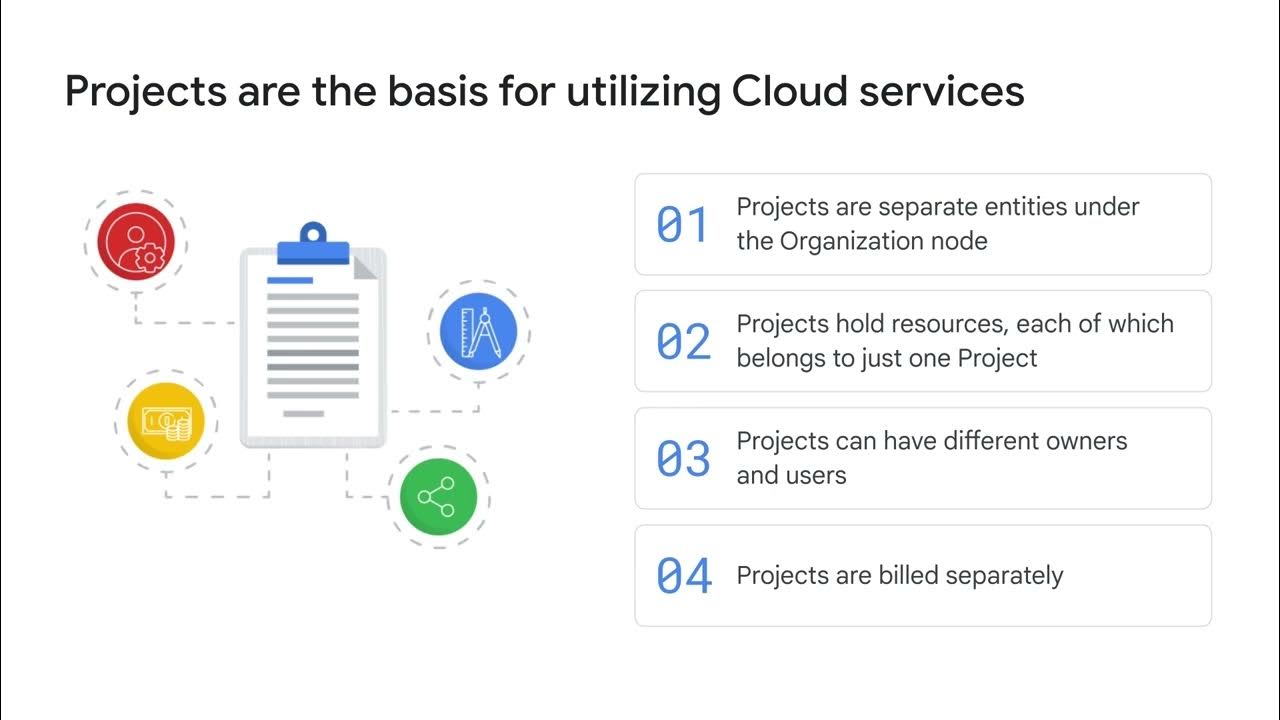Node.js Frameworks Roundup 2024 — Elysia / Hono / Nest / Encore — Which should you pick?
Summary
TLDRThis video compares four popular Node.js frameworks—Encore, Hono, Elia, and NestJS—highlighting their strengths, weaknesses, and ideal use cases. Encore shines with its speed and type safety, thanks to TypeScript and Rust integration, making it perfect for scalable backends and microservices. Hono stands out for its lightweight nature and multi-runtime support, ideal for serverless applications. Elia offers type-safe APIs with built-in monitoring, while NestJS caters to large-scale, enterprise-level applications with its modular, opinionated architecture. The video helps developers choose the right framework based on performance, simplicity, and project needs.
Takeaways
- 😀 Node.js frameworks can be overwhelming due to the variety of options available, but understanding their strengths and weaknesses helps in choosing the right one.
- 😀 Frameworks compared in the video: Encore, Hono, Elia, and Nest, each with different features and best use cases for performance, scalability, and simplicity.
- 😀 Hono is extremely lightweight (under 13 KB) and ideal for deploying to Cloudflare workers. It has zero npm dependencies and supports multiple runtimes like Node.js, Bun, and Dino.
- 😀 Encore offers the fastest performance in the video, with built-in TypeScript support, request validation, and automatic integration with infrastructure like databases and PubSub topics, all with no npm dependencies.
- 😀 Elia is an ergonomic, TypeScript-based framework offering type safety and first-party OpenTelemetry support. However, its validation process is slower than Encore's due to it being JavaScript-based.
- 😀 NestJS is a more opinionated framework compared to others, offering a modular architecture suited for large-scale applications, but it introduces a steeper learning curve and may be overkill for small projects.
- 😀 Encore uses Rust for the runtime, which makes it significantly faster by offloading work from the single-threaded Node.js event loop to the multi-threaded Rust backend.
- 😀 Type safety is a critical feature in frameworks, with Encore offering compile-time type safety even for infrastructure and microservice communication, which is a standout for reliability in larger systems.
- 😀 NestJS requires the use of Express or Fastify as the underlying HTTP server, which can introduce performance overhead compared to other frameworks in the comparison.
- 😀 Deployment across cloud platforms is supported by all frameworks, but Encore stands out with automatic local infrastructure management and an easy setup process, including cloud hosting options via Encore Cloud.
Q & A
What are the key differences in performance among the frameworks discussed?
-Encore is the fastest framework due to its Rust runtime, which handles input-output tasks efficiently. Hono and Elia are also fast but not as optimized for performance as Encore. NestJS, while flexible, may be slower due to its added abstractions and reliance on either Express or Fastify as its underlying server.
Which framework is the best choice for serverless applications?
-Hono is the best choice for serverless applications, especially with its lightweight design and multi-runtime support, making it ideal for platforms like Cloudflare Workers and AWS Lambda.
How does Encore simplify the development process for backend developers?
-Encore simplifies backend development by offering built-in tools like TypeScript support, request validation, infrastructure integration, and a development dashboard. It allows developers to easily manage services and APIs without additional npm dependencies.
Why is Hono considered a great option for Cloudflare Workers?
-Hono is highly optimized for Cloudflare Workers due to its small size (under 13KB), making it suitable for deployment on resource-constrained environments like Cloudflare. It also supports multiple runtimes, providing flexibility across different environments.
What is the main advantage of using Elia for API development?
-Elia's main advantage is its built-in TypeScript support for type safety and its seamless integration with OpenTelemetry for monitoring. Additionally, it offers automatic Swagger documentation generation, making it a great choice for building robust and easily maintainable APIs.
What kind of projects are best suited for NestJS?
-NestJS is best suited for large-scale, enterprise-level projects that require a highly organized, modular structure. It is ideal for teams working on complex applications where long-term maintainability, scalability, and clear separation of concerns are crucial.
How does Encore handle request validation, and why is it fast?
-Encore handles request validation through TypeScript types that are validated during both compile-time and runtime. The actual validation happens in Rust, not JavaScript, which significantly increases the speed of validation compared to other frameworks that rely on JavaScript.
What are the strengths and weaknesses of NestJS’s architecture?
-NestJS's architecture is highly opinionated, making it easier to organize large applications with clear modularity. However, this structure introduces a steeper learning curve and may be overkill for smaller projects or teams with fewer developers.
How does Encore support infrastructure management during development?
-Encore supports infrastructure management by providing built-in local infrastructure like databases and Pub/Sub topics. This allows developers to avoid managing separate configurations and tools like Docker or YAML, simplifying local development.
What is the deployment process like for Elia applications?
-Elia applications are deployed by compiling the application into a binary using the `bun build` command. After this, the binary can be run without needing Bun installed on the machine, simplifying deployment.
Outlines

此内容仅限付费用户访问。 请升级后访问。
立即升级Mindmap

此内容仅限付费用户访问。 请升级后访问。
立即升级Keywords

此内容仅限付费用户访问。 请升级后访问。
立即升级Highlights

此内容仅限付费用户访问。 请升级后访问。
立即升级Transcripts

此内容仅限付费用户访问。 请升级后访问。
立即升级浏览更多相关视频

Tumor Classification: Tissue Type, Grading & Staging - Medical-Surgical (Immune) | @LevelUpRN

Understanding B-Trees: The Data Structure Behind Modern Databases

Google Cloud 资源层次结构

Understanding projects

Understanding projects

Der große Buchhaltungssoftware-Vergleich 2024 (lexoffice, sevdesk, DATEV, accountable)

metode analisa node
5.0 / 5 (0 votes)
